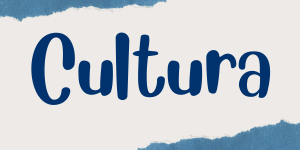
When you ask some people what they know about the Spanish culture, most say “siesta”. La siesta is a Spanish staple that many Spanish practice. Taking a siesta happens right after lunch also known as the hottest part of the day during the warmer months. But does one actually sleep? Most people use this time as more of a relaxing time. On the other hand, the older population does tent to take advantage of the time to sleep. If you work, how do you partake in la siesta? Throughout the years most cities and towns in Spain have had small neighborhood stores such as fruit and vegetable store, deli, meat, bakery to name a few. These stores are normally family owned. Most of the stores open from 8:30 a.m to 2 p.m and then open again from 5:00 or 5:30 p.m to about 9:00 p.m. So why the break? Store employees get to go home, eat some lunch with their families and have a siesta.
You might be wondering, why close at 2 p.m and not a noon? In Spain, as well as other Hispanic countries have a meals later. Breakfast tends to be around 9 or 10 in the morning, while lunch may be eaten between 1 and 3 in the afternoon. Lunch is the biggest meal of the day so when you eat dinner almost by the time that you go to bed between 8 to 10 you are able to eat a light meal.
Think about the meals and the schedule that you have during your daily routine. Would you be able to do a Spanish eating schedule?
DISCUSIÓN
You just read and watched a video about la siesta, a daily routine in Spain. Think about what you do as your daily routine and write about something that you do as part of your routine that most people don’t. Then, look up a daily routine that a Spanish speaking country does, and write about whether it is something that the United States does or not, whether is it something that you would make it part of your daily routine, and what is your opinion of the specific daily routine you searched and la siesta.
Licensing and Attribution:
Cultura content on this page was remixed from Español por el mundo by Gemma Morawski and Ani Alcocer, licensed under a Creative Commons Attribution 4.0 International License.
